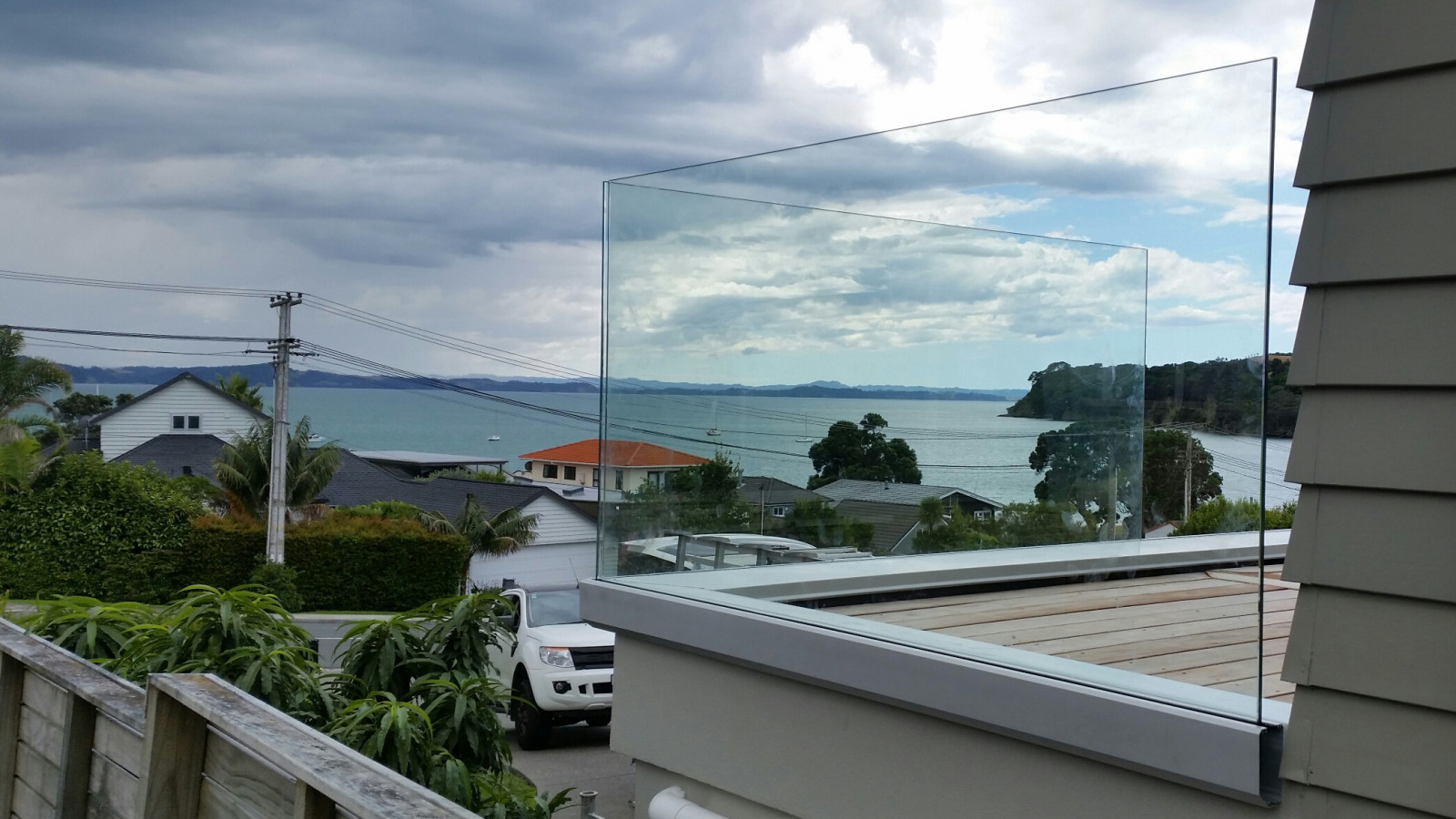In last month's blog post, I discussed sealant, fixing and hardware for structural glass. This month, I take a look at how to inspect structural glass for damage, crack patterns, as well as maintenance and care requirements.
Inspecting structural glass
Structural glass inspection should consider the following:
- Checking the manufacturer documents, each panel must be marked with:
- The name, registered trademark, or code of the manufacturer or supplier
- The type of safety glazing material (for example, T for toughened glass)
- The standard to which the material has been tested, such as AS/NZS 2208 (see list of standards below)
- The classification for impact test behaviour (for example, A for Grade A).
- Check the installation with the design documents and project specification
- Check the fixing location and bolt tightening (overtightening will cause local stress concertation)
- Inspect the glass quality (poor edge polishing can lead to stress concentration and cracking)
- Check the glass is easy to be replaced
- For glass balustrade with interlinking rail, check it is connected to the structural element
Glass standards
The following are the most important glass standards for buildings in NZ:
- AS/NZS 2208: 1996 – Specifications and testing for the performance of safety glazing materials
- ASNZS 4668: 2000 – Glossary of terms used in the glass and glazing industry
- AS/NZS 4667: 2000 – Quality requirements and tolerances for cut to size and processed glass
- AS/NZ 4666: 2000 – Australia/New Zealand Insulating Glass Unit Standards
- NZS 4223 Part 4: 2016 – Dead, Wind & Snow Loadings Standards
- NZS 4223 Part 3: 2016 – Human Impact Safety Standard
- NZS 4223 Part 1: 2008 – Selection and installation of glass in buildings
Crack patterns
The glass may break due to impact. The crack pattern often can show the cause of the breakage, and the impact location.

Laminated toughened glass breakage pattern due to edge impact (part of the origin of fracture is at the edge).

Annealed glass breakage pattern
Failure due to nickel sulphide imperfections can only occur in thermally toughened glass. The centre of the crack pattern typically has a double-D or “butterfly wings” like pattern.

Nickel sulphide failure
Maintenance and caring
The edges of glass can be prone to defects such as chipping or shelling which can reduce their tensile capacity. This is a particular problem with basic annealed glass where permanent stresses of more than 7N/mm² can cause crack growth leading to failure.
Glass is a durable material and can last for years in as new condition, with very little care.
It is recommended that glass canopy or roof lights be sloped more than 5° for water runoff or else water is likely to remain on the glass. If a shallow angle is unavoidable, eliminating silicone butt joints wherever possible is recommended.
Conclusion
This brings me to the end of this series on structural glass. You can view my previous blog posts here:
- The Different Types of Glass Used in Construction
- Analysing the Behaviour of Structural and Laminated Glass
- Selecting the Right Glass for Structural Applications
- Specifying Sealant, Fixing and Hardware for Structural Glass
Glass design presents some interesting opportunities, although there are certainly challenges to overcome. Although glass is a brittle material it can be used as a structural material, and if designed properly will meet all relevant safety engineering requirements with many benefits that no other material can achieve.
Written by Khaled Eid




























 Most Popular
Most Popular Popular Products
Popular Products


